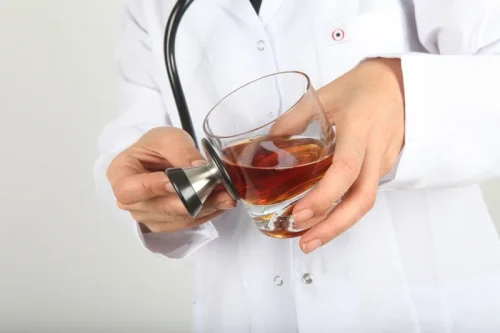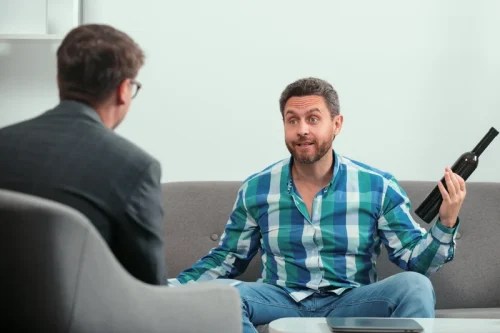
It is natural, healthy and important for children to have and rely on friends as they grow and mature. Many people consider peer pressure a negative thing, but this isn’t always the case. People, especially teens and young adults, may be more likely to do prosocial behaviors when they see people their own age doing the same things.
- This is why it is important to talk to your child early on about peer pressure and how to avoid being led into negative behaviors by their peers.
- Both types of peer pressure can affect your professional life, but they will look different depending on your values and boundaries.
- They are also typically striving for social acceptance and are more willing to engage in behaviors against their better judgment to be accepted.
- You want to go home to rest and be sharp for an early morning meeting, but your colleagues tell you it’s just an hour or two — why not stay?
- Some people are more affected by peer pressure than others, just as some people are more likely to experience addiction than others.
- Resisting peer pressure may feel challenging, but people who truly care about their friends do not reject them solely because they do not use drugs or alcohol.
- Peer pressure transcends age groups and can begin before the first day of school at daycare, playgroup, and more.
Types of Peer Pressure

For this reason, it is important to find peers who either do not use drugs or alcohol or accept those who do not. A person may be especially vulnerable to peer pressure if they say https://ecosoberhouse.com/ that peer acceptance is important to them, or if they are sensitive to rejection. The perception that alcohol or drug use is expected may also act as a form of peer pressure.

Peer pressure and drug use

Peer pressure is the direct or indirect influence on people of peers, members of social groups with similar interests, experiences, or social statuses. Members of a peer group are more likely to influence a person’s which of the following is a type of indirect peer pressure? beliefs and behavior. A group or individual may be encouraged and want to follow their peers by changing their attitudes, values or behaviors to conform to those of the influencing group or individual.
1. Peer Pressure on Social Media Across Cultures
- Peer pressure causes people to do things they would not otherwise do with the hope of fitting in or being noticed.
- It may also be a threat, such as, « You can’t hang out with us if you’re not going to drink. »
- Peer pressure interacts with many other factors, including family pressure and support, to affect the overall likelihood of alcohol and drug use.
- As such, there are two positions, most notably held by Christopher Browning and David Goldhagen.
- Peer pressure refers to the fact that peers can pressure one another to engage in certain behaviors — both positive and negative.
As educators who accompany them throughout their lives, from preschool age to the completion of undergraduate and graduate studies, teachers definitely have a positive influence on the lives of all students. Asking a teenager to engage in behavior that goes against his or her moral code or family values is a type of negative pressure. Adolescents see these acts in other young people and are faced with the difficult decision of choosing sides, following the negative leader, and turning away from behavior that goes against their ethical principles. The extreme control of citizens’ daily lives by the government in social affairs facilitated the rapidity of the genocide’s spread and broke down the resolve of some who initially wanted to have no part in the genocide. Peasants were told exactly when and what to farm and could be fined given any lack of compliance. Being subject to peer rejection can be very painful, and a person who feels unable to tolerate rejection may find it very difficult to resist using drugs and alcohol if their peers do so.

Can Peer Pressure Have Long-Term Effects on Mental Health?
What Are Examples of Positive Peer Pressure?
- However, much of the research on peer pressure focuses on teenagers, due to the idea that they are more vulnerable to peer influence.
- Evidence of genetic predispositions for substance use exists[22] and some have begun to examine gene x environment interactions for peer influence.
- Cyber peer pressure is any peer pressure that comes from online influences, such as social media and other peers online.